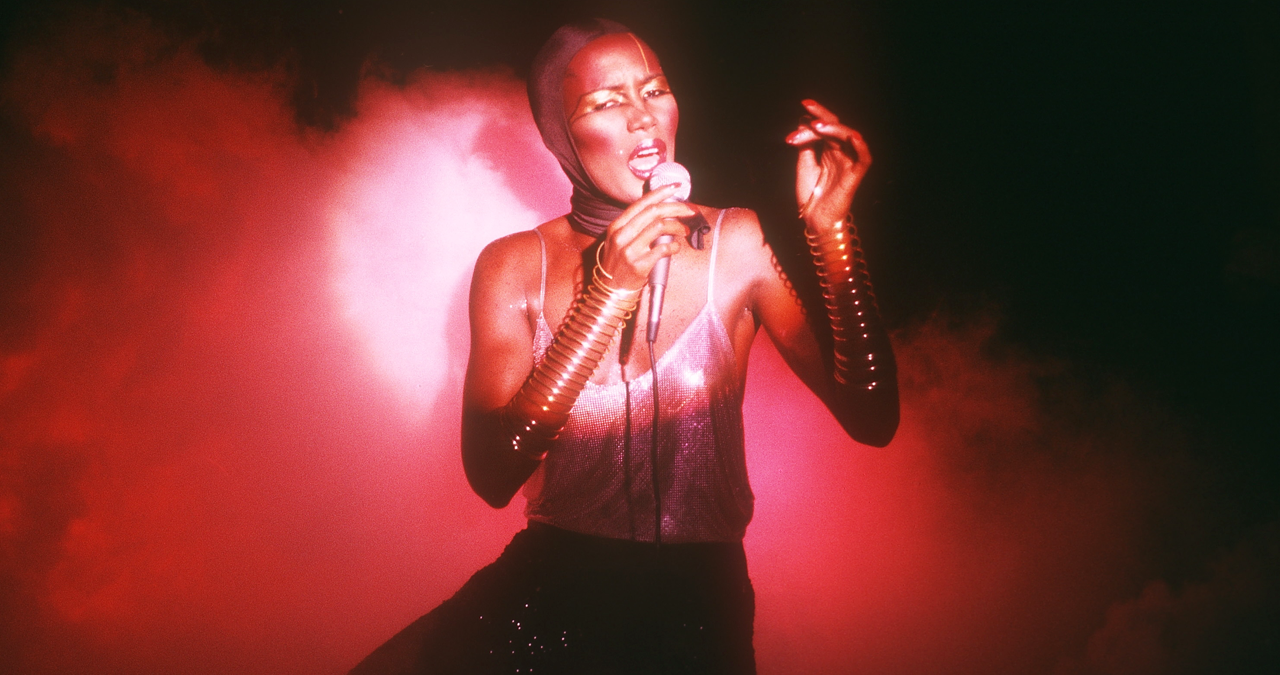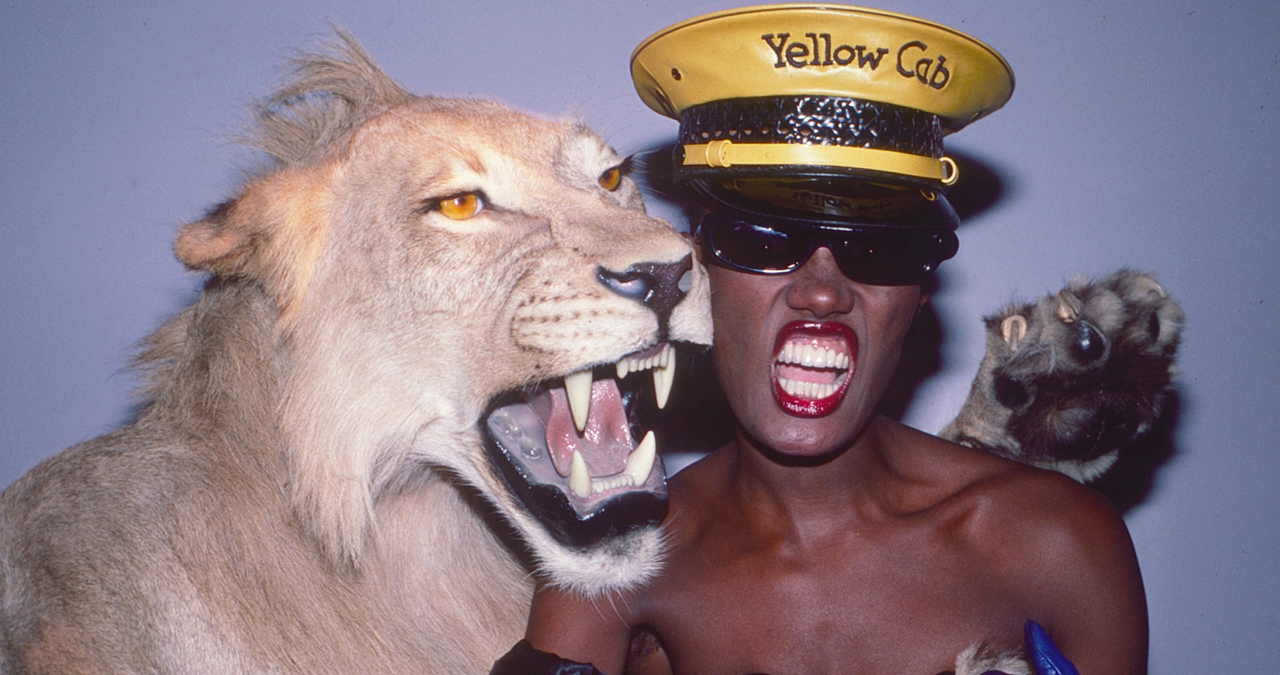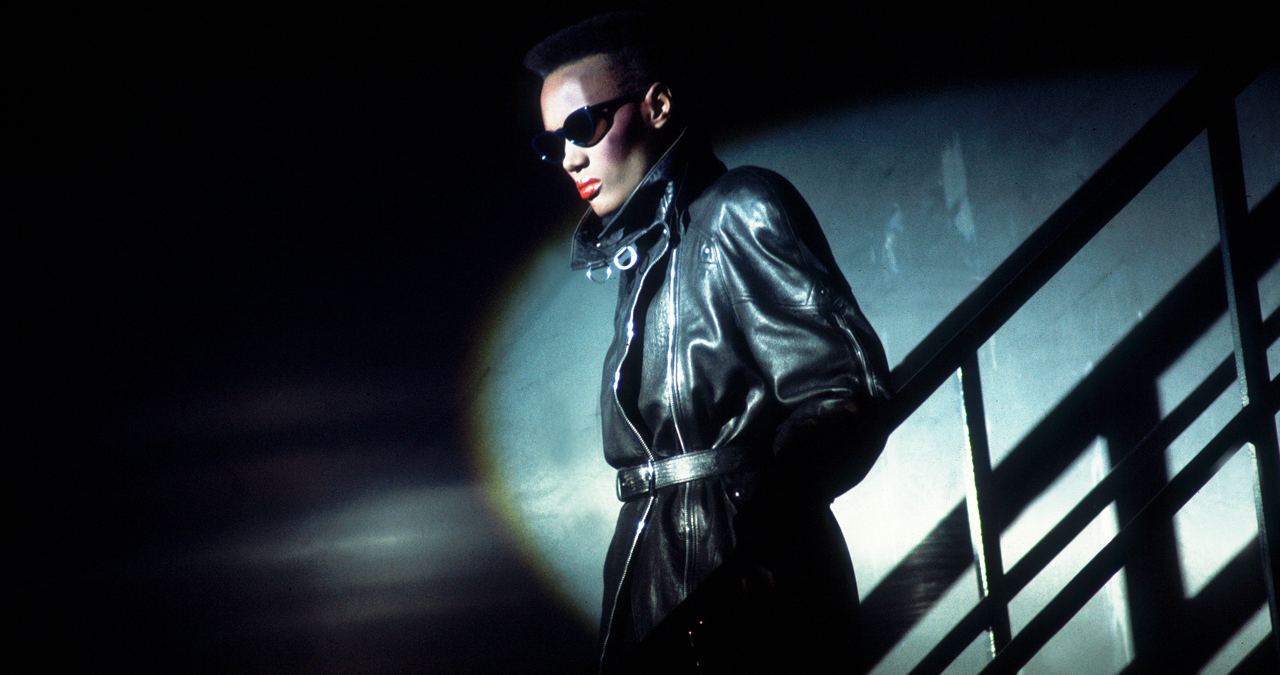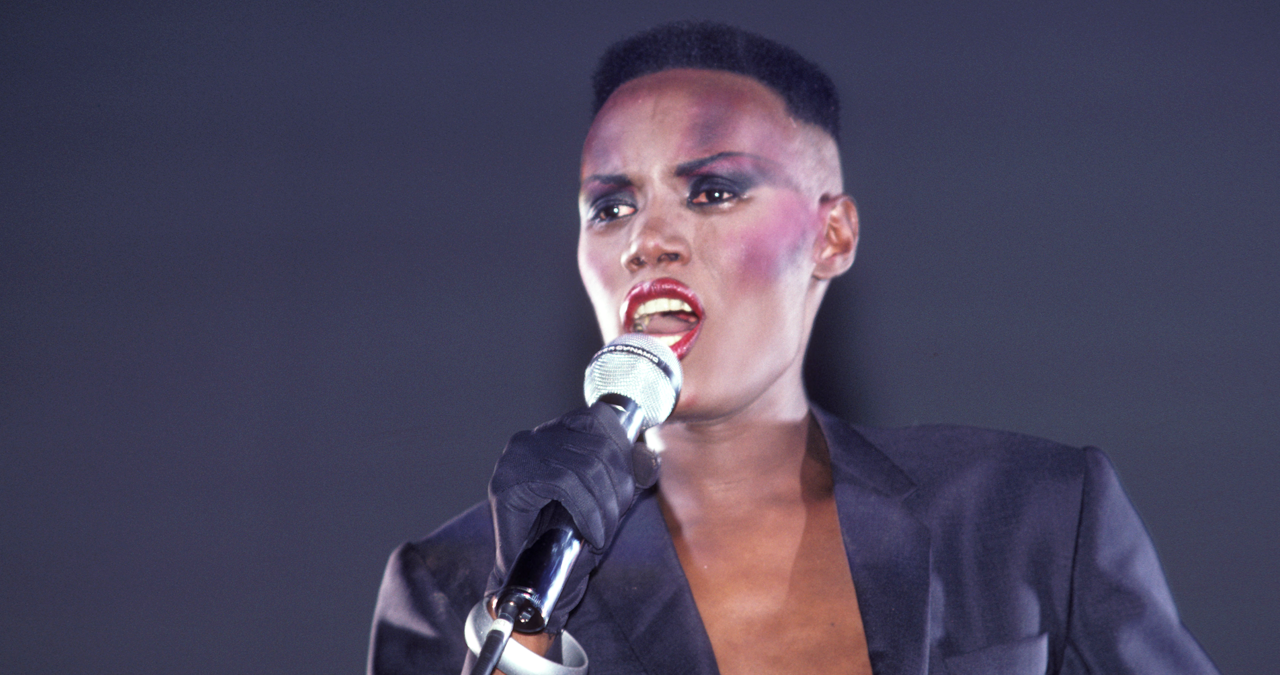“Listen carefully, and you’ll even hear members of the band talking on the tail end of the drum loop!”: Exploring the quirky production and music theory choices of Grace Jones’ classic Slave to the Rhythm
We take a closer look at one of the most iconoclastic songs of the mid-80s era; Slave to the Rhythm

It's not an overstatement to say that Slave to the Rhythm by Grace Jones sports one of the finest productions of the 80s, but its success was dependent upon an incredible amount of creative talent, coupled with a large dose of good fortune… and problem solving.
The song was originally penned by Bruce Woolley and Simon Darlow, with additional elements from producers Stephen Lipson and Trevor Horn, and was intended to be the follow-up single to Relax, by Frankie Goes to Hollywood.
Frankie’s frontman, Holly Johnson, even tried singing the track, but for whatever reason, the magic just didn’t happen. The song was instead redirected to Grace Jones, yet the production would still helmed by the same writing and production team.
Island Records chief Chris Blackwell, suggested re-recording the track with a ‘Go-go’ rhythm. The problem was, nobody really knew what this genre called ‘Go-go’ actually was, so the team headed stateside, to record a ‘Go-go’ band playing the track.
The musical twists and turns of the song proved too peplexing for the assembled band, suggesting a return to square one, but in a subtle twist to the ‘Go-go’ tale, all was not lost!
It was during the studio set up, while the band were playing and setting levels, that associate producer Stephen Lipson, had the hindsight to press record on the tape machine, just as the band’s guitarist popped to the toilet, before the recording process formerly got underway.
The upshot was, the capture of just a few bars of soloed drums and percussion, which became the looped and chopped foundation for the entire song. Listen carefully, and you’ll even hear members of the band talking on the tail end of the drum loop!
Want all the hottest music and gear news, reviews, deals, features and more, direct to your inbox? Sign up here.
The original drum part is credited to William ‘Ju Ju’ House, and adopts a classic 16th-note shuffle, embellished with plenty of open hi-hats, particularly before the snare on beats 2 and 4.
Shuffle rhythms adopt a wonderful sense of swagger, particularly at a modest tempo of around 98BPM, which is roughly where the loop resides. The included looped-percussion, which forms part of this recorded ensemble, provides bongos and cowbells which sit just a little behind the drums in timing. It endorses the laid-back feel even further.
Crash cymbals were flown in, over the top of the loop, to emphasise certain moments in the song, with other percussion and electronic noises added to provide a lift to some sections such as the 16-note-shuffle tambourine in the chorus.

Despite the complexity of the overall production, the song adheres to the more usual song forms associated with common songwriting.
Apart from the sweeping sound effects that we hear at the very beginning, the opening few bars of introduction are drawn entirely from the the chorus, but we are going to delay discussing the chorus, in favour of shifting to the verse structure, as this will help us identify the key of the song.
For the moment, we’ll ignore the 2-bar spoken interlude that precedes each verse, and look at the verse structure from where the sung vocal commences.
The first chord in the verse structure, is Ab7 (sus4) and is held for 2 bars. If we maintain this chord shape, but then shift the bass note to Eb, we get a chord of Eb minor, but with an added 4th, and omitted 5th.
The shift down to Eb minor arguably feels like the point where we move to our home key, which suggests that the song is in Eb minor. These cluster-like chord shapes also provide a minor pentatonic feel to the entire song, which exudes harmonic potential for the backing vocals, often appearing as ‘Ahs’ in a cluster formation.
As we move to the end of the verse structure, we shift to a major tonality, with the use of Cb Major, which briefly rises to Db/Cb, before returning to Cb Major. The final chord of the verse, provides the perfect springboard into the chorus, using chord IV aka Ab7 (sus4) again. We refer to a chord of Cb Major, rather than B major, as this description is more compatible with our home key of Eb minor.
One of the most fascinating facets of the chorus, is that it begins on chord II (Fm7), which is held for one bar before shifting tonality to a chord of Eb major 9. This is quite an incredible move, as it shifts us away from Eb minor, while also providing us with one of the sweetest chords in the harmonic repertoire.
The sweetness is sustained, with the next chord of Gb maj7, before we hear the return of Ab7 (sus4). This sequence then repeats, before returning to a chord of Ebm7 (sus4), used as a form of two bar interlude, preceding each verse section.
The fascinating chordal construct of this song is actually fairly simple, once you dive into the pentatonic makeup of its structure. The presence of so many ‘sus4’ chords, really endorses its enigmatic spirit, although we have to mention the production elephant in the room, which brings the whole chord sequence to life.

As we all know, Trevor Horn and Steven Lipson represent the pinnacle of production from this era and beyond, and barely a bar goes by without something interesting happening in the sonic palette.
The two guitars dip in and out of the mix continually, adopting an almost Nile Rogers-esq sense of rhythmic importance, while swathes of keyboard washes and pads appear in different parts of the stereo spectrum. In fact, the synth pad that we hear in the introduction and chorus, is a pad that plays a perfect 5th from a single note, which also explains why the chorus harmony sounds so lush.
There are also small details in the rhythm section, such as the presence of an unexpectedly chopped 3/4 bar, concluding with a synth-brass stab, in the second verse.
The middle-8 finds Jones talking seductively over a relatively calm set of synth chords, before we push back in to a double chorus, to draw the song to a close.
The whole production exudes Hollywood-like proportions, thanks to the extraordinary orchestration skills of Richard Niles. He provided the string and brass arrangement throughout the song, culminating in the jazz-like big band fanfare at the very end, which inspired Grace Jones to mimic the Johnny Carson Tonight Show, with the line ‘He—re’s Grace!’

The single gave rise to an entire album of different iterations of the song. These were not just remixes, but many examples of entirely different musical constructs. It was a concept album of sorts, climaxing with the main single that we all know.
Adding further to its credibility, ZTT record company executive, Paul Morley, interspersed interview sections on the album, while actor Ian McShane provided the deeply-toned spoken introduction.
Despite the fact that it only made it to number 12 in the singles chart, Slave to the Rhythm holds a status all of its own, thanks to its extraordinary use of technology, alongside elevated levels of production, arranging, performance and musicality. It was forged over many hours, with a budget extending to hundreds of thousands, but the result is a masterclass of creative production and songwriting.
Roland Schmidt is a professional programmer, sound designer and producer, who has worked in collaboration with a number of successful production teams over the last 25 years. He can also be found delivering regular and key-note lectures on the use of hardware/software synthesisers and production, at various higher educational institutions throughout the UK
You must confirm your public display name before commenting
Please logout and then login again, you will then be prompted to enter your display name.
